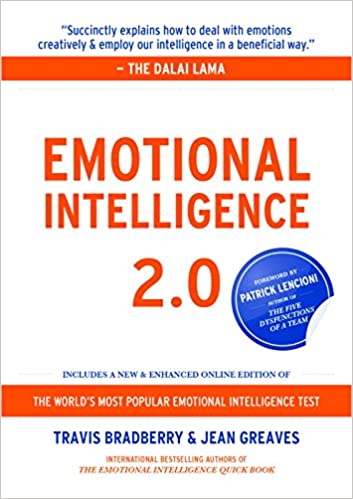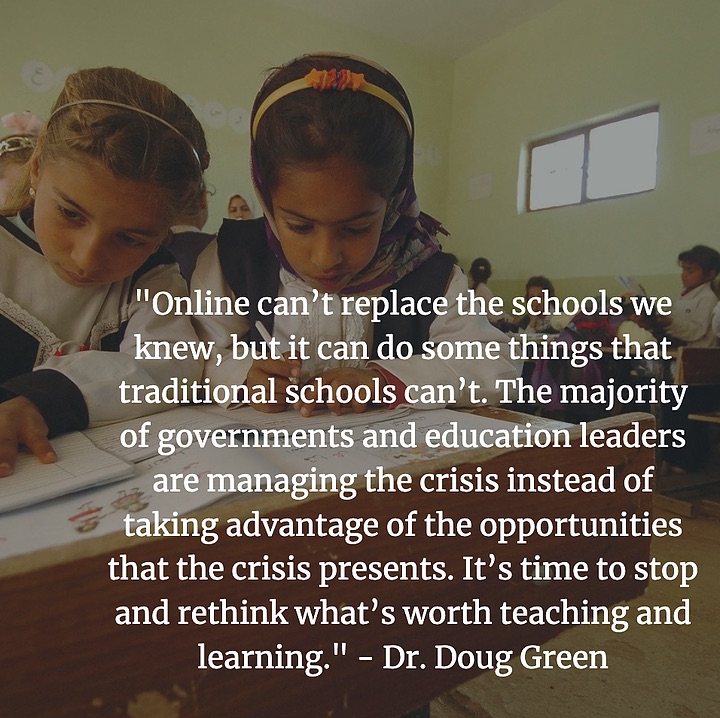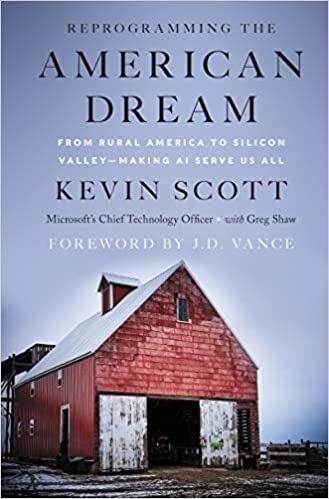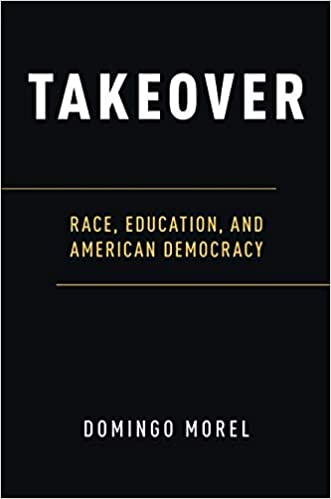
Emotional Intelligence 2.0 by Travis Bradberry & Jean Greaves (the book can be found succinctly explains how to deal with emotions creatively and how to employ your intelligence in a beneficial way. There is strong evidence that EQ can be improved with effort and this book can direct that. Higher EQ leads to success on the job and at home so this is a book that everyone can use to forge a better life.
1. The Journey
- All information from your senses has to pass through the emotional part of your brain (the limbic system) before it gets to the rational or thinking part of your brain (the frontal cortex). It’s the communication between your emotional and rational brains that is the physical source of emotional intelligence or EQ. It is emotional intelligence that explains why people with high IQs don’t consistently outperform people with average IQs.
- The purpose of this book is to help you increase your EQ. You start by taking the Emotional Intelligence Apprasal online. To see your scores you will need the code at the end of the book, which is only good for one person. This appraisal provides a baseline against which you can judge your improvement. This is a new feature in version 2.0. You can also retake the test after you finish the book to see how much you have learned.
2. The Big Picture
- Emotional awareness and understanding are not taught in school, but self-knowledge and emotional mastery are required to make good decisions on the job and in life. We have many words to describe our feelings yet all emotions are derivations of five core feelings: happiness, sadness, anger, fear, and shame. Here we find twenty different words to describe each. When emotions are intense they can highjack your rational thinking and cause you to react reflexively. Your reaction to these trigger events is shaped by your personal history. Enhanced EQ can help you recognize triggers and let you respond in a rational manner.
- We all possess the qualities of personality, EQ, and IQ. Of the three, EQ is the one most amenable to improvement. It is also the foundation of a host of critical skills like time management, decision-making, and communications. It is the strongest driver of leadership and personal excellence. It is highly correlated with high-performance and salary regardless of the job. The rest of the book will help you improve your EQ.
3. What Emotional Intelligence Looks Like: Understanding the Four Skills
- The four EQ skills come in two pairs known as personal competencies and social competencies. The first includes self-awareness and self-management. This is where you stay aware of your emotions and manage the resulting behavior and tendencies. Social competencies include social awareness and relationship management. This is where you work to understand other people’s mood, behavior, and motives. Emotions always have a purpose as they shape your reactions to the world around you.
- Self-awareness is a foundational skill; when you have it the other skills will be easier to use. Self-management is dependent on your self-awareness as it gives you information that you can act on rationally rather than reflexively. Social awareness is also foundational as you need to pick up on the emotions of others so you can better manage your relationships. You need to listen well rather than thinking about what you are going to say next when another person stops talking. Relationships require you to understand others and are based on how you treat them over time. This chapter also contains positive and negative examples of all four skills.







 @Imported_Fun
@Imported_Fun @DarrinPeppard
@DarrinPeppard

